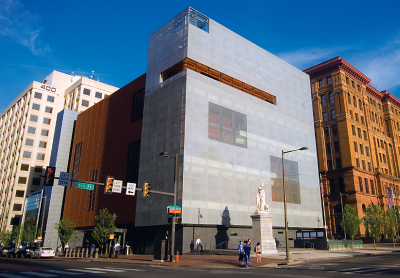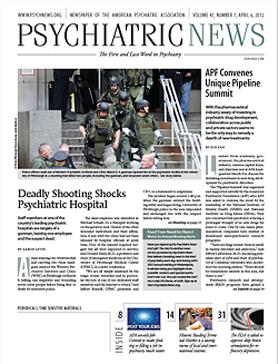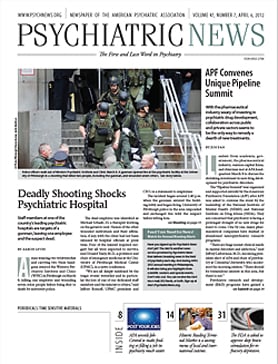“Proclaim liberty throughout the land unto all the inhabitants thereof” read the words cast in bronze on the Liberty Bell.
Just a few steps away, Philadelphia’s National Museum of American Jewish History takes those words from Leviticus as its central theme: Freedom.
The museum opened in the fall of 2010 and explores the story of Jews in the United States through the lens of religious liberty, the magnet that drew them to America and permitted them to flourish here as equal citizens.
The museum divides its exhibition space into three eras. The earliest is called “Foundations of Freedom: 1654-1880.” That long span includes Colonial and Revolutionary times and the Civil War.
There is a prayer written in 1798 that came from a synagogue in Richmond, Va., marking the ratification of the U.S. Constitution and featuring the name of George Washington in a Hebrew acrostic.
Visitors can also see images of Jews who served in the Union and Confederate forces during the Civil War, and others who settled in the frontier West.
Next comes “Dreams of Freedom: 1880-1945,” including the great wave of Jewish immigrants from Eastern Europe and the first generation of their children in the United States. Visitors can pass through a mock Ellis Island and elsewhere learn the story of the Golden Age of Hollywood—most of the film industry’s founders and moguls were immigrant Jews.
The third era is “Choices and Challenges of Freedom: 1945-Today,” depicting the suburbanization of Jewish life, the civil-rights movement, and the establishment of the nation of Israel.
The first floor is sort of a hall of fame, with tributes to prominent American Jews from Jonas Salk and Albert Einstein to Sandy Koufax and Barbra Streisand.
Museum visitors can add their own histories to that long parade in a video booth where they can record personal reminiscences that will be added to the archives.
Outside, a statue dedicated to the idea of religious liberty commissioned in 1876 by the organization B’nai B’rith in honor of the American centennial creates a 19th-century counterpoint to the museum’s modern reflective glass façade.
In fact, the 100,000-square-foot building has garnered praise for bringing new visual life to the otherwise mundane Independence Mall. The building was designed by architect James Polshek and Ennead Architects and is faced with terra cotta panels and sheets of glass.
Critics have praised its “cool, composed, and geometric façade and its emphasis on careful asymmetries rather than ornament or repetition …”
The museum’s board of directors had to wrestle, however, with one question most museums don’t have to face.
The museum is open on Saturdays, but in deference to the Jewish Sabbath, entry tickets cannot be purchased that day on site. However, they can be bought in advance online or on Saturdays in the Bourse Building (around the corner from the museum on 5th Street) or at the Independence Visitor Center (at Market and 6th streets).

The National Museum of American Jewish History is open Tuesday to Friday, 10 a.m. to 5 p.m., and Saturday and Sunday, 10 a.m. to 5:30 p.m. It is located at 101 South Independence Mall East (near Market and 5th streets). Information is available at (215) 923-3811 or www.nmajb.org. 

